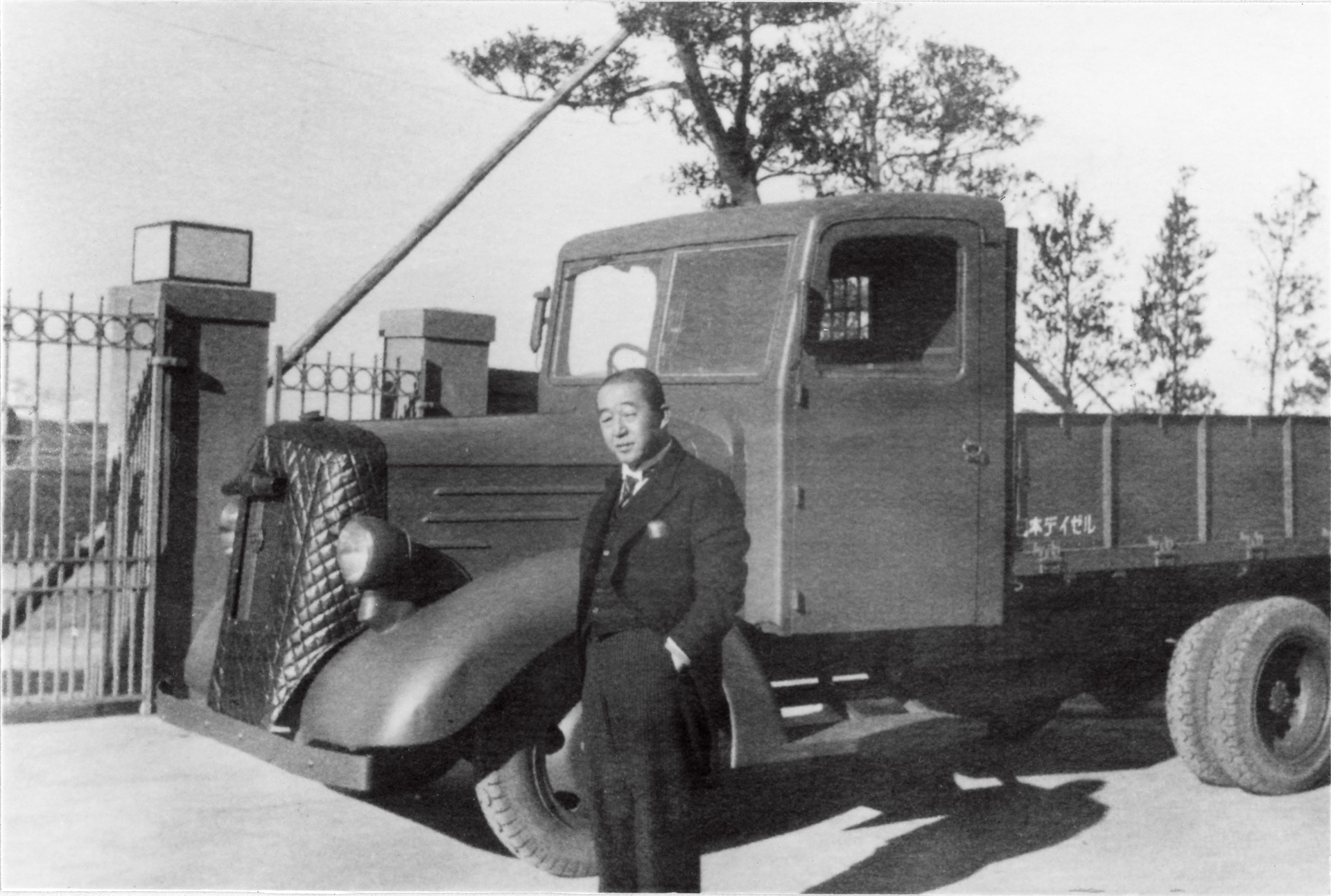As Japan rapidly industrialized in the 1930s, demand for trucks was greater than for passenger vehicles. Many new automakers were founded around that time, including the forerunners to Nissan Motors and Toyota Motor in 1932 and 1933, respectively, and the forerunner to UD Trucks in 1935.
| 1935 | Nihon Diesel Industries, Ltd., founded by Kenzo Adachi in Kawaguchi, Saitama Prefecture | |
| 1938 | Birth of the first diesel engine, the ND1 | 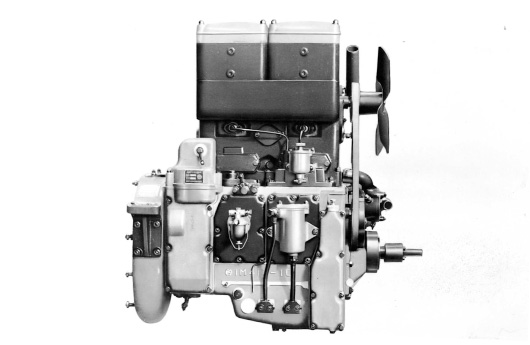 |
| 1942 | Company name changed to Kanega-Fuchi Diesel Co., Ltd. | |
| 1946 | Company name changed to Minsei Sangyo Co., Ltd. | |
| 1950 | Company name changed to Minsei Diesel Industries, Ltd. |
Although automobile production was initially restricted after the end of World War II, manufacturing of trucks was allowed from the end of 1945 because they were essential for reconstruction, prompting domestic automakers to develop new engines.
| 1955 | Birth of the original UD engine | 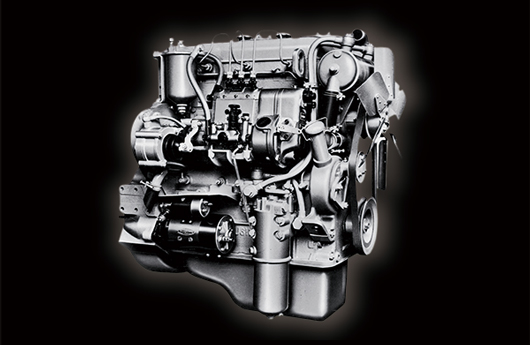 |
As Japan’s economy grew rapidly from the 1950s, larger and more powerful trucks were needed for large-scale infrastructure construction, including roads, railways, ports, and sewage systems. Construction efforts accelerated following Tokyo’s successful bid to hold the 1964 Olympic Games.
| 1958 | Sales begin for the 6TW model truck. As Japan’s first truck with a payload over 10 tons, the 6TW was used in the construction of the country’s first shinkansen bullet train line. | 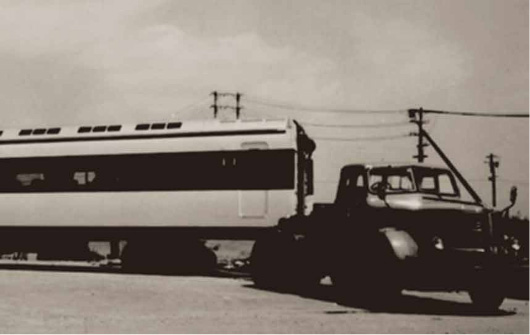 |
| 1960 | Company name changed to Nissan Diesel Motor Co., Ltd. | |
| 1962 | Operations of the Ageo Plant commence | |
| 1975 | Sales begin for the Condor medium-duty truck | 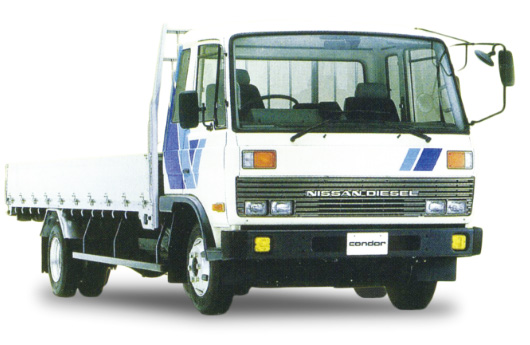 |
| 1990 | Sales begin for the Big Thumb heavy-duty truck |
Amid growing environmental awareness worldwide in the 1990s, Japan enacted legislation to limit nitrogen oxide (NOx) emissions from vehicles in 1992. By 2005, the country began enforcing the world’s strictest diesel exhaust emissions regulations.
| 2004 | Sales begin for the Quon heavy-duty truck, the world’s first equipped with a urea selective catalytic reduction system for reducing NOx emissions. | 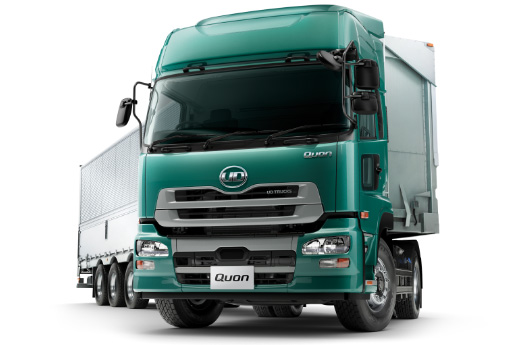 |
| 2007 | Nissan Diesel Motor joins the Volvo Group | |
| 2010 | Company name changed to UD Trucks Corporation | |
| 2013 | Sales begin for the Quester heavy-duty truck designed for emerging markets | 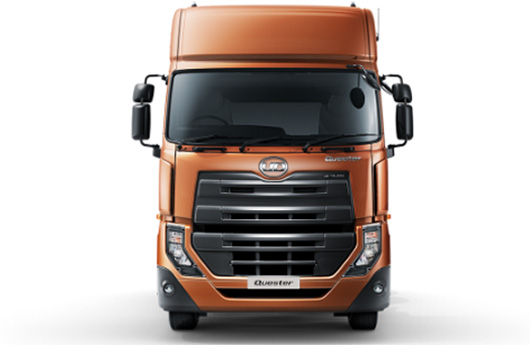 |
| 2014 | Sales begin for the Kazet light-duty truck | 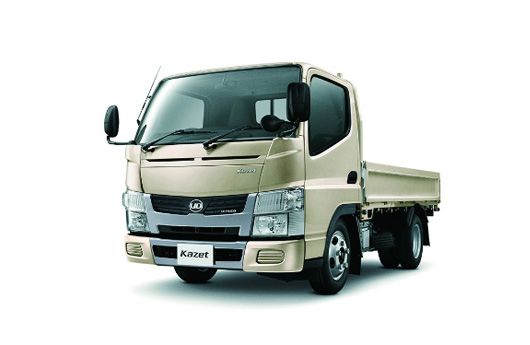 |
| 2017 | Sales begin for the Croner medium-duty truck and Kuzer light-duty truck, both designed for emerging markets | 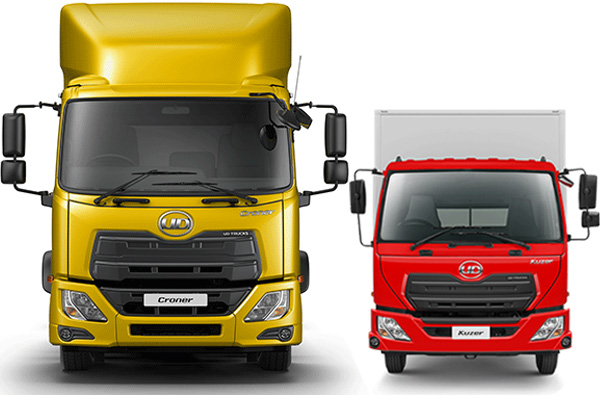 |
| 2021 | UD Trucks joins the Isuzu Group |






